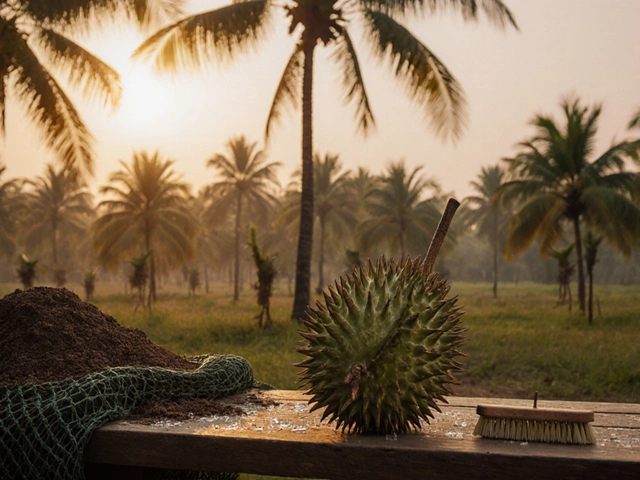Garden Care: Essential Tips for Healthy Plants and Strong Soil
When it comes to garden care, the daily actions that keep plants alive and thriving. Also known as plant maintenance, it's not about fancy tools or expensive products—it's about understanding what your plants really need. Most people think garden care means watering every day or spraying chemicals when they see bugs. But that’s exactly what kills more gardens than neglect. The real secret? It’s all about soil health, the living foundation where roots grow, water flows, and nutrients are stored. Healthy soil doesn’t need constant fixes. It needs air, organic matter, and time to breathe.
If your soil is hard as brick, no amount of watering will help. That’s why fixing compacted soil, dense, lifeless dirt that blocks roots and water. is step one. You don’t need a rototiller—just add compost, mulch, and let earthworms do the rest. And when it comes to water, drip irrigation, a system that delivers water slowly to plant roots. saves water, but running it daily is a mistake. Most plants prefer deep, infrequent soaking. Check the soil with your finger—dry two inches down? Water. Otherwise, wait. Rainwater harvesting and mulching cut water use even more, and they’re cheaper than any irrigation system.
And what about pests? You don’t need synthetic sprays. natural insecticide, a plant-based solution that targets pests without harming bees or soil life. like neem oil works better than most chemicals. It stops bugs from feeding, breeding, and spreading—without poisoning your garden. Use it right, and you’ll see results without the toxic side effects. Even better? Make your own fertilizer from kitchen scraps. Homemade compost turns waste into gold for your plants. It’s not magic—it’s biology.
Garden care in India isn’t one-size-fits-all. A Vanda orchid needs different care than a tomato plant on your balcony. One thrives on humidity and airflow; the other needs sun and steady water. But the core rules stay the same: feed the soil, water smart, and let nature help. You’ll see fewer pests, stronger roots, and more harvests. No guesswork. No expensive gadgets. Just real, repeatable steps that work in Indian weather, whether you’re growing on a rooftop in Mumbai or a balcony in Delhi.
Below, you’ll find clear, no-nonsense guides on what actually works—from spotting overwatered bonsai trees to choosing the right number of drip emitters, and why durian is becoming a backyard crop in southern India. These aren’t theories. They’re lessons from gardens that survived the heat, the monsoon, and the bugs. You don’t need to be an expert. You just need to know what to do next.
Learn the essentials of maintaining a drip irrigation system by understanding the necessary frequency of flushing. Discover why regular flushing is vital, how different soil types impact your schedule, and practical tips for keeping your system clean and effective. This guide breaks down everything a gardener or farmer needs to know about keeping their drip irrigation running smoothly.
Continue reading...





